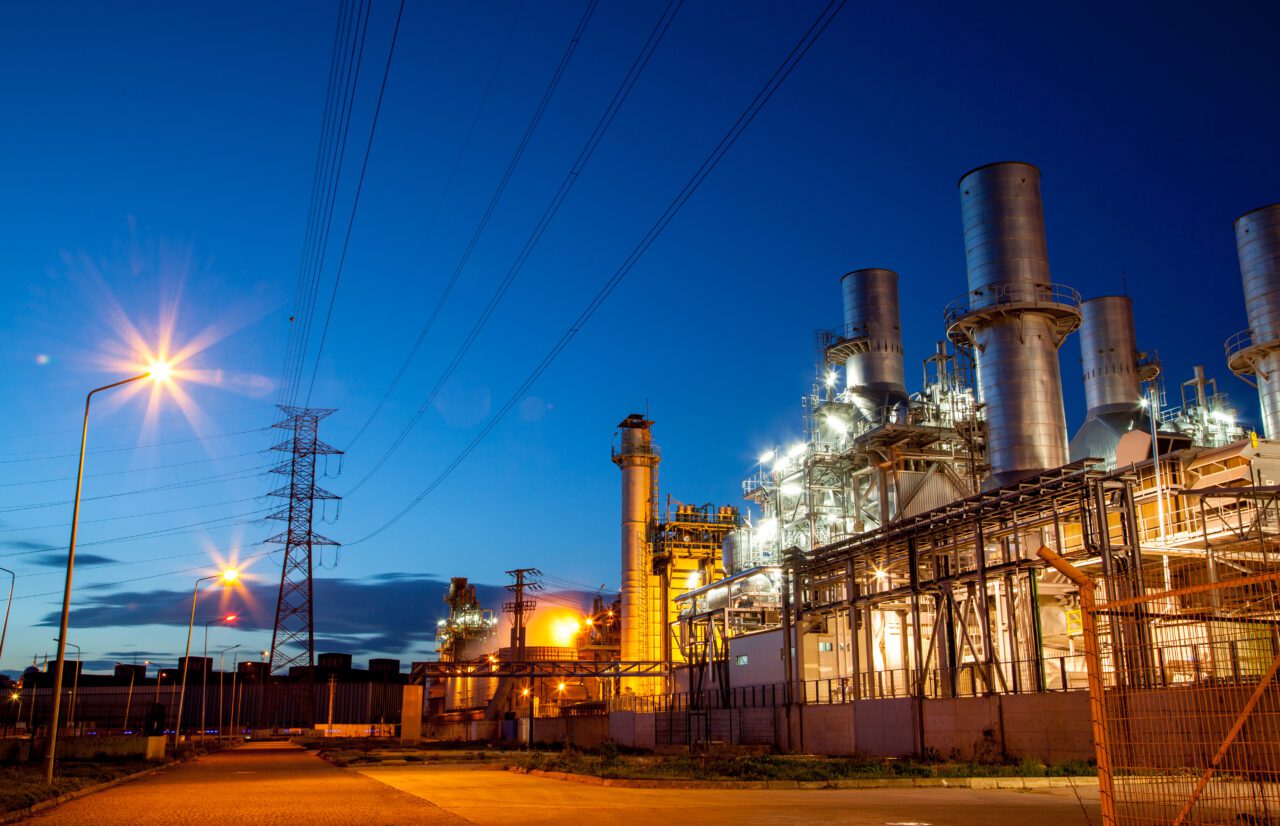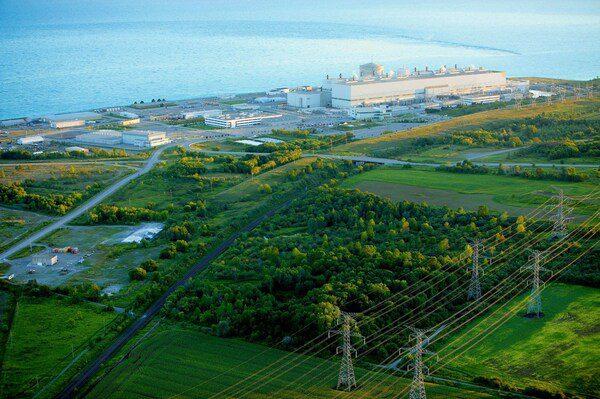
Groundbreaking has kicked off at Idaho National Laboratory (INL), where Project Pele—the Department of Defense’s (DOD’s) full-scale transportable microreactor prototype—will be placed for testing in 2026. When operational, the reactor…

Groundbreaking has kicked off at Idaho National Laboratory (INL), where Project Pele—the Department of Defense’s (DOD’s) full-scale transportable microreactor prototype—will be placed for testing in 2026. When operational, the reactor…

While global nuclear power capacity has remained at a consistent level over the past decade, newly released data from the International Atomic Energy Agency (IAEA) suggests that more than two-thirds…

In a strategic move to jumpstart domestic uranium enrichment capacity in the U.S., the Department of Energy (DOE) has launched a request for proposals (RFP) to buy low-enriched uranium (LEU)…

The U.S. Senate on April 30 passed—by unanimous consent—a bill to ban imports of unirradiated low-enriched uranium (LEU) produced in Russia. The bill now heads to the president’s desk for…

A significant disconnect between political rhetoric and the practical realities of energy production is posing an insidious hurdle for the future of power, former Sen. Mary Landrieu (D-Louisiana) has warned.…

Ontario Power Generation (OPG) and North American power producer Capital Power Corp. will jointly examine the feasibility of developing small modular reactors (SMRs) in Alberta, including possible ownership and operating…

A roadmap released by the UK government on Jan. 11 aimed at quadrupling the country's nuclear power capacity by 2050 sets out a series of goals and actions that could…

The UK may be poised to become the first European country to launch domestic production of high-assay, low-enriched uranium (HALEU). New funding announced by the country's government this week signifies…

Fifty years after the first global oil shock in 1973, the world’s energy sector is again facing high geopolitical tensions and uncertainty—though this time around, “pressures are coming from multiple…

Salt River Project (SRP) has become one of the first U.S. utilities to shift from an Integrated Resource Plan (IRP) to an Integrated System Plan (ISP), a “holistic roadmap” that…